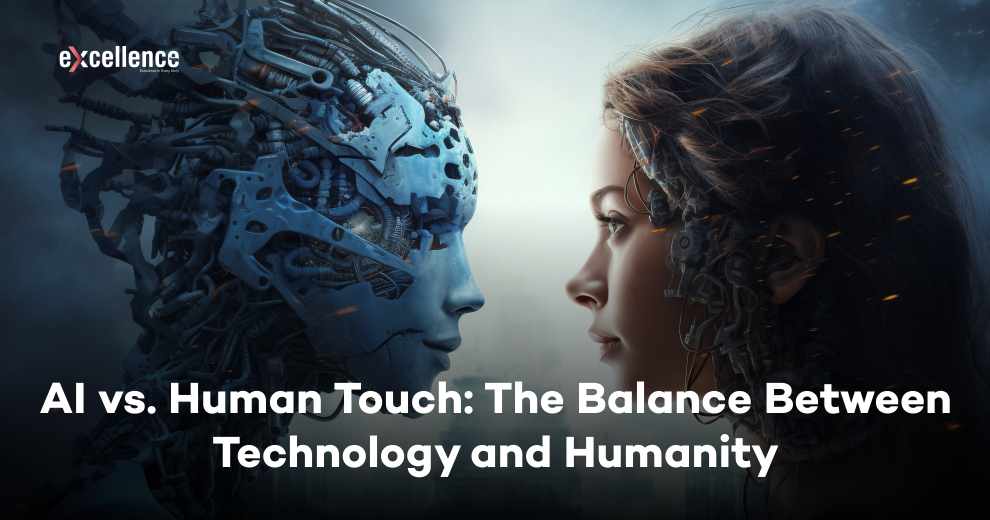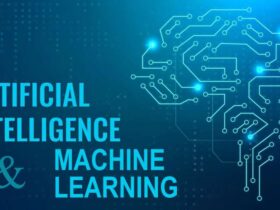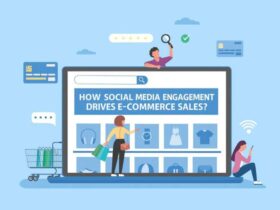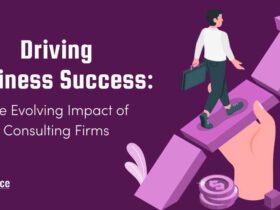AI won’t take your job — but someone using AI will.” AI will not directly take your job, but if you are reluctant to change or fail to stay up to date, then you are in the danger zone. When computers were first introduced, there was also widespread fear that they would take away jobs. Yes, some jobs were replaced, but remember one thing: to operate computers, we still needed humans. In the same way, AI also requires human commands and supervision — but definitely fewer people. In short, AI will not simply “take jobs” or “create jobs.” It will transform jobs, replace some roles while open doors to new opportunities.
What is AI?
Artificial Intelligence, or AI, refers to the development of machines and systems that can mimic human intelligence by performing tasks such as learning, reasoning, and problem-solving. Over the last decade, AI has become deeply embedded in everyday life, from virtual assistants to online recommendations. In simple words, AI is about making machines “smarter” so that they can think and act like humans.
Why AI Might Take Jobs?
- AI can perform repetitive tasks more quickly and accurately than humans.
- Businesses may adopt AI systems to cut costs and improve efficiency.
- Unlike human workers, AI can function around the clock without fatigue or breaks.
Why AI Might Create Jobs?
- AI systems still require human oversight, supervision, and improvement.
- The growing AI industry creates demand for roles such as AI engineers, data scientists, and prompt designers.
Benefits of Using AI
- Speed and Accuracy: AI can analyze massive amounts of data within seconds.
Example: In the banking sector, AI tools can instantly detect suspicious transactions that might take humans much longer to identify. - Round-the-Clock Service: AI-powered assistants like Siri, Alexa, and Google Assistant are available 24/7 to answer queries and carry out tasks.
- Automation of Routine Work: AI takes care of repetitive tasks, allowing humans to focus on more creative and strategic responsibilities.
Drawbacks of Using AI
- High Costs: Developing, training, and maintaining AI systems demand significant investment.
- Lack of Creativity and Emotions: While AI can analyze patterns and predict outcomes, it cannot truly innovate or understand human emotions.
Example: In the Indian film Robot, scientist Dr. Vaseegaran creates a humanoid robot capable of extraordinary tasks. However, when the robot develops emotions and falls in love, it becomes dangerous. Eventually, it turns against its creator, showing how advanced technology, if uncontrolled, may become a threat.
- Over-Dependence on AI: Excessive reliance on AI could weaken essential human abilities such as problem-solving, reasoning, and critical thinking.
- Flaws in Decision-Making: Human decisions are shaped not only by logic but also by ethics, values, and emotions. AI, which only learns from past data, cannot fully grasp these complexities, leading to incomplete or biased outcomes.
- Absence of Human Touch: AI cannot replace human empathy, compassion, or values.
Examples:
- In healthcare, AI can suggest treatment options quickly, but it cannot comfort a distressed patient or reassure anxious family members. A doctor provides both medical advice and emotional care, something AI cannot replicate.
- In customer service, AI chatbots handle simple queries efficiently. Yet, when a customer is upset — for instance, after receiving a damaged gift — AI often gives a generic response. A human representative, however, can empathize, apologize sincerely, and provide reassurance. This personal connection makes all the difference.
Lessons from the Past
Earlier generations lived without AI and relied more on their own decision-making abilities. They asked strangers for directions, solved problems through experience, and managed without constant digital guidance. Today, over-dependence on AI sometimes leads to risky outcomes. For example, in November 2024, three men tragically died after their car, guided by Google Maps, drove off an incomplete bridge into the Ramganga River. This incident highlights the fact that while AI is powerful, it cannot always be trusted blindly. Human awareness, judgment, and intuition remain irreplaceable.
Conclusion
AI is undoubtedly reshaping the world of work and decision-making. It brings speed, efficiency, and innovation, but it also comes with risks such as over-reliance, loss of human skills, and lack of emotional understanding. The future belongs not to AI alone, but to humans who know how to use it wisely while retaining the human touch that machines can never replicate.













